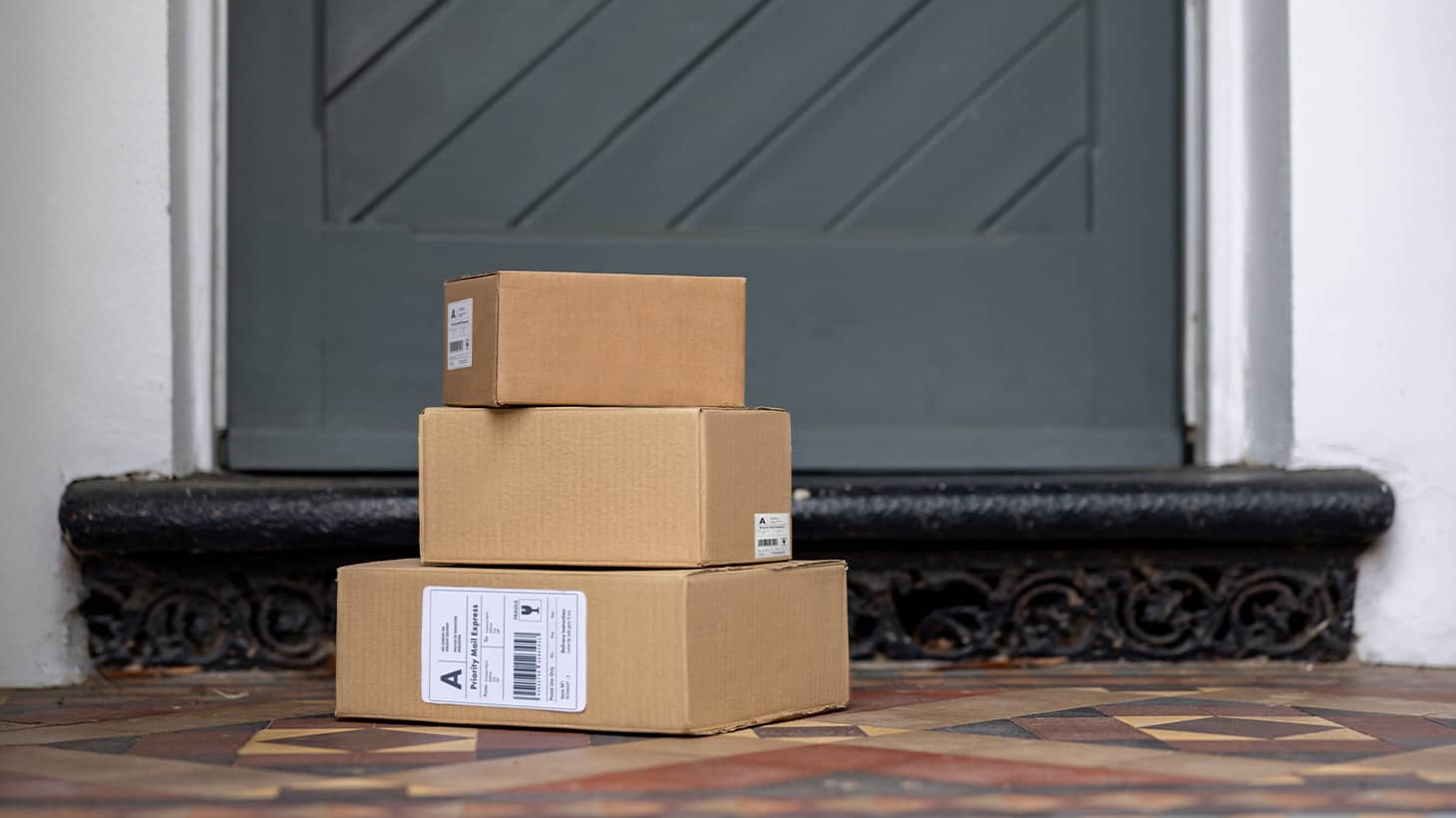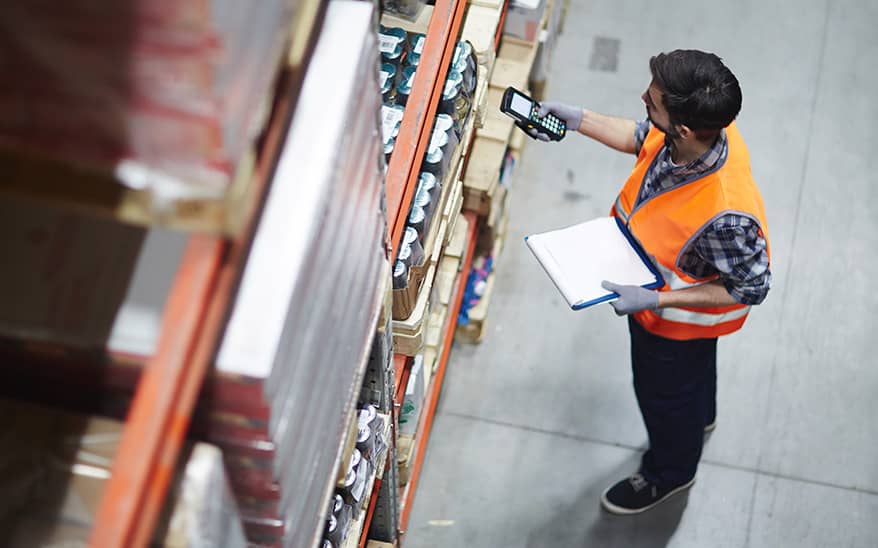The Prime Day Paradox: Consumer Expectations Meet Retailer Reality

Amazon Prime Day is arguably one of the most confusing shopping holidays on the retail sales calendar. Despite its name, it’s not even a ‘day’ anymore. It now runs over four days for the first time this year (8 - 11 July). Nevertheless, as one of the biggest shopping events, second only to Black Friday, the summer sale offers some of the best bargains on products ranging from air fryers and TVs to laptops and AirPods.
Prime Day offers a veritable bonanza of deals for consumers who are willing to do their research – that much is clear. However, it also triggers a surge in returns, creating a complex challenge for retailers in more ways than you might expect…
A recent study titled "Prime Day: Return to Sender," conducted by Manhattan Associates, revealed that 55% of consumers will return purchases made during the sales event. Additionally, 33% of consumers typically return 1 – 3 items, equating to as many as 78 million returned goods.
The returns cycle is a critical part of today’s retail landscape, and these huge figures underscore the growing need for sophisticated reverse logistics operations.
Other consumer statistics and frustrations include:
- 61% of consumers wish they could cancel or edit an order before it ships
- 45% of shoppers decided not to shop with a retailer again due to a negative return experience.
- 39% of consumers expect a refund or exchange within 24 – 72 hours
- 38% cite having to pay for return shipping/return fees
- 28% are frustrated by delays in getting a refund
- 18% are frustrated by poor customer service during the return process
For retailers, the influx of returns following Prime Day presents a formidable operational and financial challenge. The ‘return to sender’ phenomenon is no longer a minor backend issue. Rather, it's a frontline concern impacting not just bottom-line profitability, but customer satisfaction and loyalty too.
23% of retailers reported that 10 – 20% of their total Prime Day sales are typically returned, while 18% reported that only 10 – 20% of returned items can be resold at full value. The average return costs 51% of businesses between £20 – £49.99, with 29% of retailers finding re-allocating stock challenging. All of this erodes already fine margins.
The whole returns conversation has become about far more than just about processing items, however. It’s about preserving customer relationships and recovering lost value too. A smooth, transparent, and efficient return process can turn a potentially negative experience into a positive one, helping foster long-term loyalty and ultimately, increased cash spend.
There is no silver bullet when it comes to continually shifting consumers’ expectations, but digital assistants can help meet many of them; streamlining the customer experience by managing complex issues like delivery tracking, and post-purchase basket edits when required, all of which help to minimise returns in the first place.
The sheer volume of deals promoted by Amazon during sales like Prime Day can feel like a blessing and a curse. With countless items bought on sale (and subsequently returned) the experience can feel overwhelming for both consumers and retailers alike.
The substantial volumes and complexity of returns demand a strategic, technology-driven approach. The latest Manhattan research highlights the need for businesses to use traditional returns processes but also optimise their store networks to efficiently manage this influx.
The returns cycle is now part of today’s retail landscape, whether we like it or not. The only question that remains is this: how will you choose to manage it?
Explore Related Content

Unified Commerce Benchmark
Unlock critical insights into your retail operations and discover strategies to outperform the competition with our latest benchmark analysis.

Retail Trends
Dive into our latest research report to uncover the evolving trends and insights shaping the future of shoppers and retailers.

UK Consumer Returns Survey
The festive season may be over, but 67 million returned gifts are now flooding retailers—costing £1.5 billion.
How can you manage the surge, reduce friction, and keep customers happy?
Get the key insights from 2,000 UK shoppers in our latest eBook.





